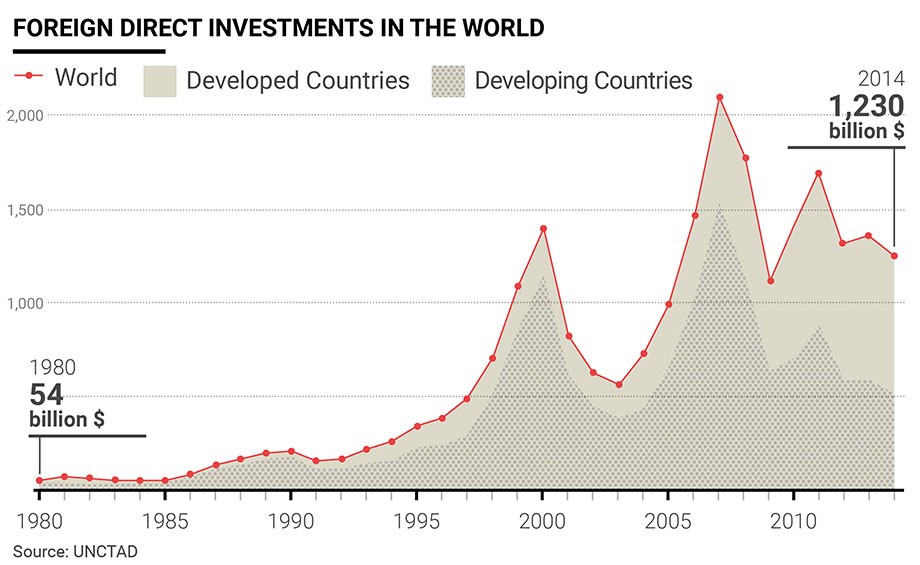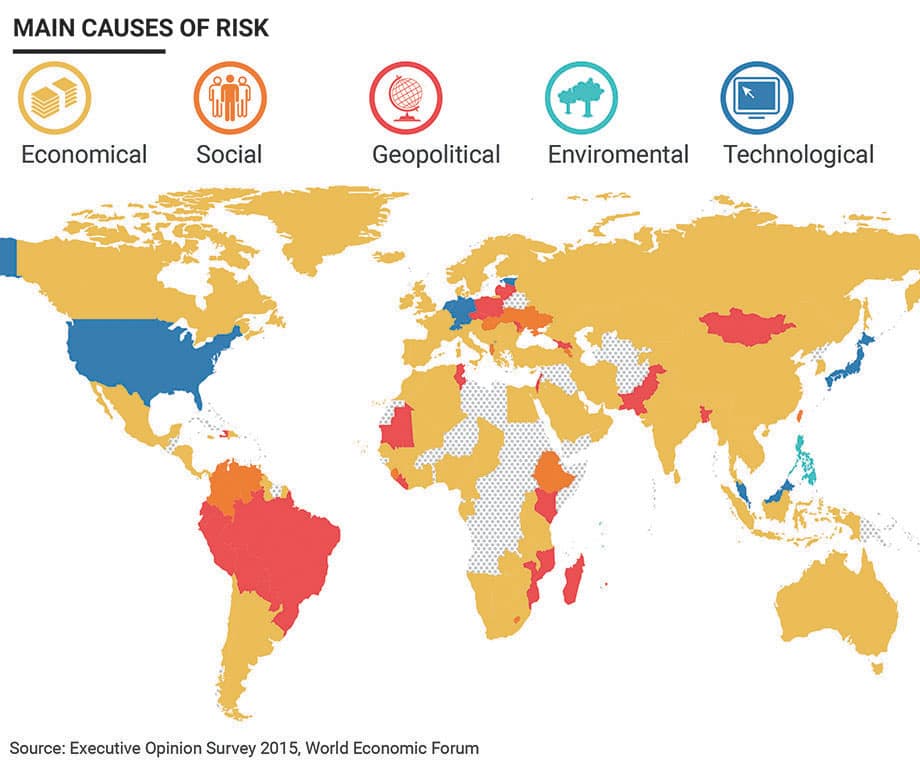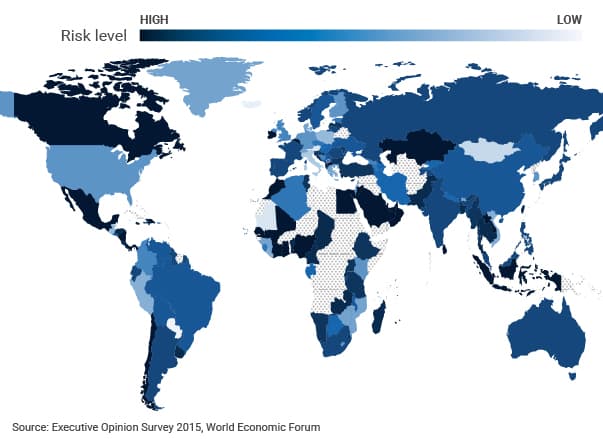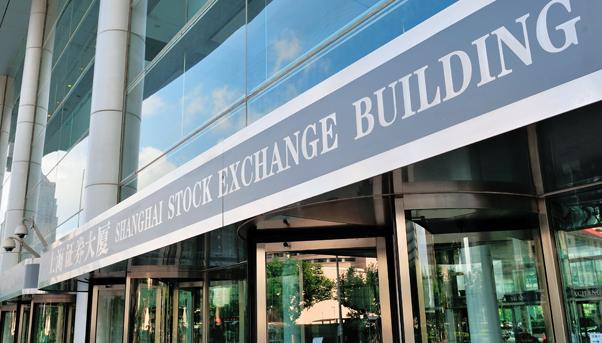
Doing business in a globalized economy brings many risks – but also opportunities. In the last 40 years, the panorama has changed: from 1980 to 2014, foreign direct investment has increased from $54 billion to $1.23 trillion. Who invests abroad does it to grow, looking for business opportunities while at the same time exposing themselves to risks that are inherent in this pursuit. Every element of volatility that has characterised the beginning of 2016 brings with it an opportunity to develop. This has happened, for example, with the drop in the price of oil. Although it has put into difficulty the economies of producer countries, it has come to represent a chance to develop for companies that buy primary materials. This dissonance is also seen in the construction section. Real estate is on a slow recovery while infrastructure and other public works have kept up a sustained rhythm.

In drafting a map of the global risks (a useful tool for big global players), the World Economic Forum, whose annual meeting ended January 20 in Davos, has published its annual survey of 750 experts and decision-makers in 140 countries entitled “Global Risks Report 2016”. Among the many risks in the world, it cites five of them that threaten the future of doing business in the world.

Unemployment and Underemployment
The issue of work – whether it be unemployment or underemployment – is key to the stability of global business and represents the biggest risk to economic activity for survey participants from 41 countries. The problem exploded with the 2007 crisis and became structural in many economies, especially in developed ones where the jobless rate has remained high. This lack of work is the result – as well as the cause – of a slowing economy as it leads to a drop in consumption and increases the threat to social stability. There is also the danger that it creates a too wide a gap between the labor market’s constantly changing demands for a certain set of skills and the outdated talents harbored by members of the chronically unemployed.
Energy Price Shocks

These shocks are the natural consequence of the sharp rise or fall in the price of oil, gas or other sources of energy. In the case of oil, it has fallen to its lowest level in 10 years. This has been identified as a risk for 29 countries whose economies are most exposed to this fluctuation in price. Although the low cost of oil has positive effects (reducing energy costs for businesses and consumers as well as keeping inflationary pressures down), in many cases the trend can pose a risk for producer countries and the energy industry in general. In 2015, member countries of the Gulf Cooperation Council are expected to have lost $300 billion in oil exports. And this comes as more than 10 million people will be entering the region’s labor market by 2020, according to the International Monetary Fund. So the drop not only hurts the structural deficits of these countries but also causes problems in terms of employment and social stability
Political Instability
Corruption, the inability to enforce laws, the pervasiveness of organized crime - these are factors that weaken political action and contribute to the failure of governance in a country. It is a real risk in 14 countries, as indicated in the Davos report, especially in Latin America and Sub-Saharan Africa. The effect that this instability has on business is devastating because it undermines competition, job creation and economic development. One of the consequences of this weakness is illegal trade, which affects many economic sectors, from logistics to transportation. According to the best estimates, it comes to cost the global economy $2 trillion.
Asset Bubbles
Whether it concerned financial or real estate assets, bubbles have been the root cause of most of the recent crises, from the deflationary wave that struck Japan in the early 1990s to the global financial crisis of 2007.
This risk was cited by people in 11 countries taking part in the survey as the most pressing, especially in Europe and Asia. Considering the weakness of the recovery in these two regions as well as the United States, the bursting of another bubble today would have a terrible impact. The biggest risks are found in financial markets, real estate and government bonds. As in the past, all of these three sectors are subject to volatility that could cause a new recession.

Shanghai stock exchange
Cyber Attacks
A company whose business stretches around the globe is an obvious target for cyber attacks. The digitalization of the processes of services and production put multinationals at risk that can prove costly. The Centre for Strategic and International Studies and McAfee estimate that cybercrime alone costs the global economy $445 billion. The risks are obviously many, including corporate espionage, and they were cited as a top concern by those polled in eight countries, namely Estonia, Germany, Japan, Malaysia, the Netherlands, Sinpapore, Switzerland and the United States. These risks oblige big companies to rethink their internal governance to make clear who within their respective organizations are responsible for confronting the danger.
All of these risks, from the cost of primary materials to cyber attacks oblige the adoption of a new way doing business that should lead to effective collaboration between the private and public sectors. Only a constant dialogue can result in the drafting of shared policies that can act as bulkhead against volatility and protect business.


